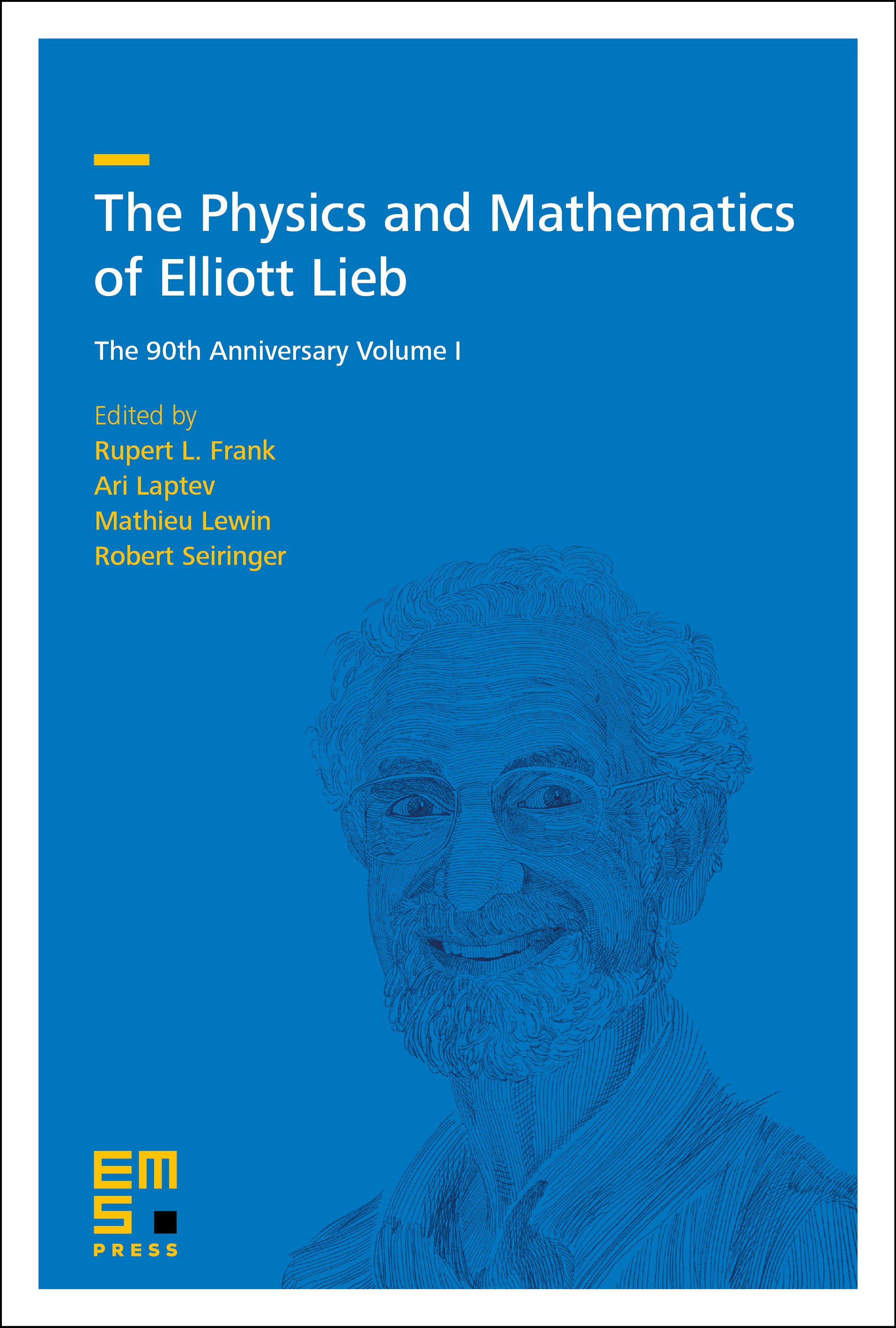The Affleck–Kennedy–Lieb–Tasaki (AKLT) model
Ian Affleck
University of British Columbia, Vancouver, Canada

A subscription is required to access this book chapter.
Abstract
The Haldane conjecture (1983), which led to a Nobel prize for Duncan Haldane, was that half-integer spin chains are gapless while integer spin chains are gapped. Haldane made this observation by a mapping onto a non-linear -model at large spin. Gapless behavior for half-integer spin was proven rigorously by the Affleck–Lieb–Schultz–Mattis (ALSM) theorem. Gapped behavior for integer spin was demonstrated by an exactly solvable model known as Affleck–Kennedy–Lieb–Tasaki (AKLT) model (1987, 1988). In this review article, I will review the ALSM theorem and present results on the AKLT model. An important aspect of this model is that it has decoupled spin-’s at the two ends with open boundary conditions. This was shown, by Kennedy (1990), to extend to the regular antiferromagnetic model. The first experimental demonstration of this behavior was in a paper by Hagiwara, Katsumata, Affleck, Halperin, and Renard (1990). I will review this experiment.